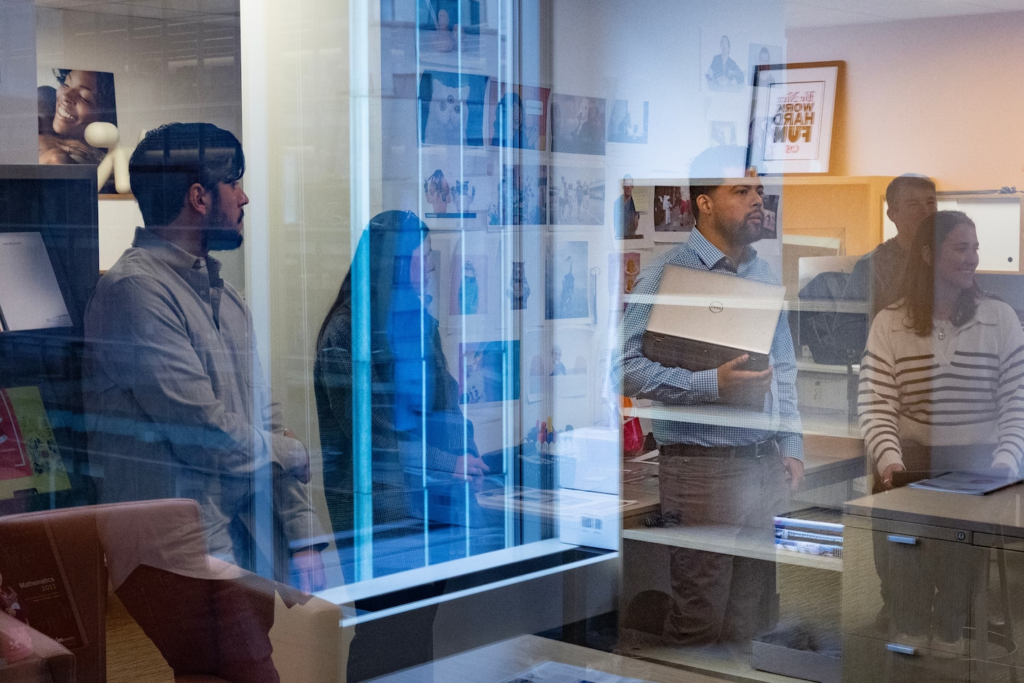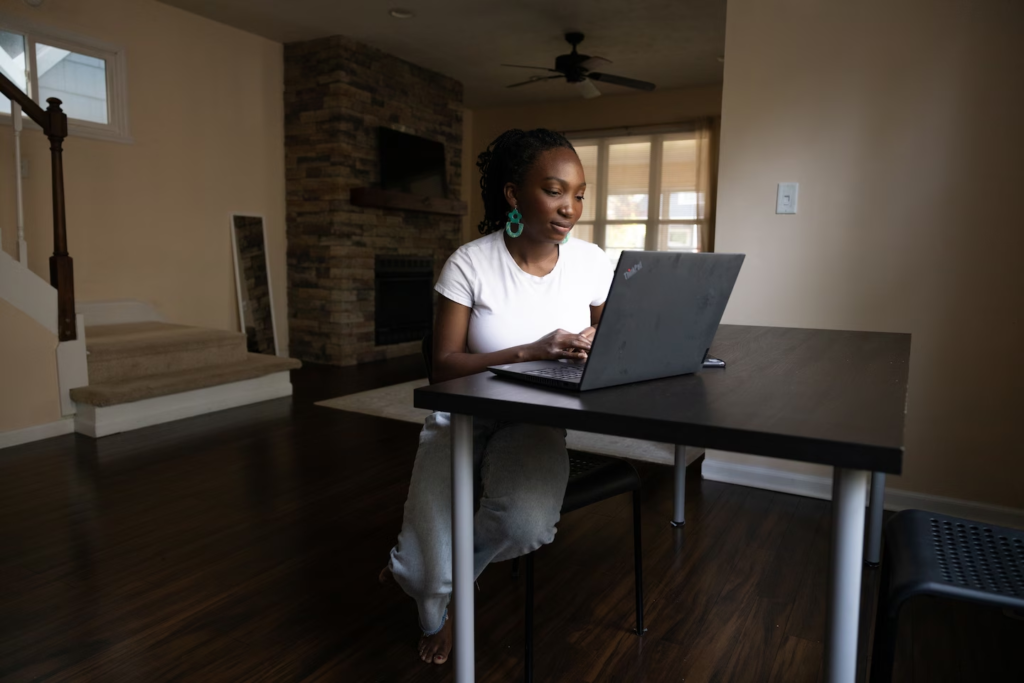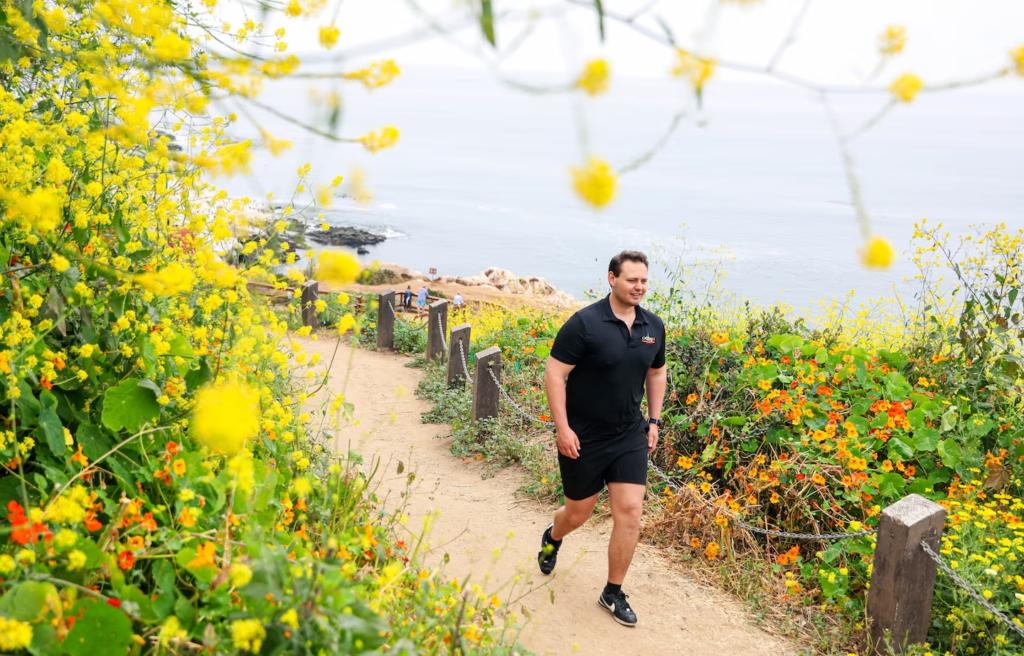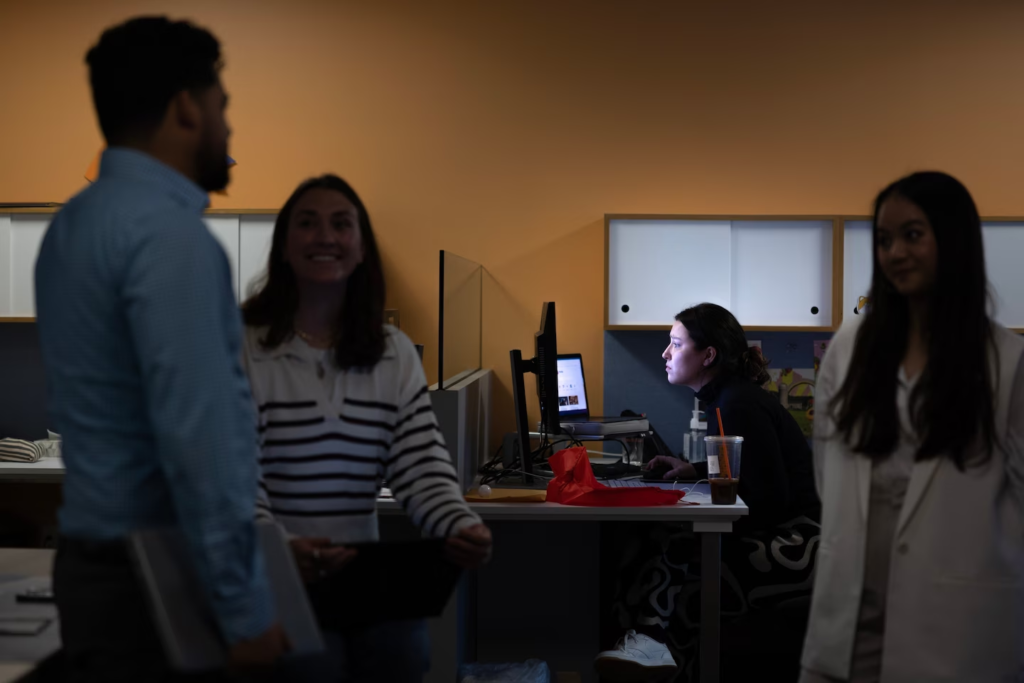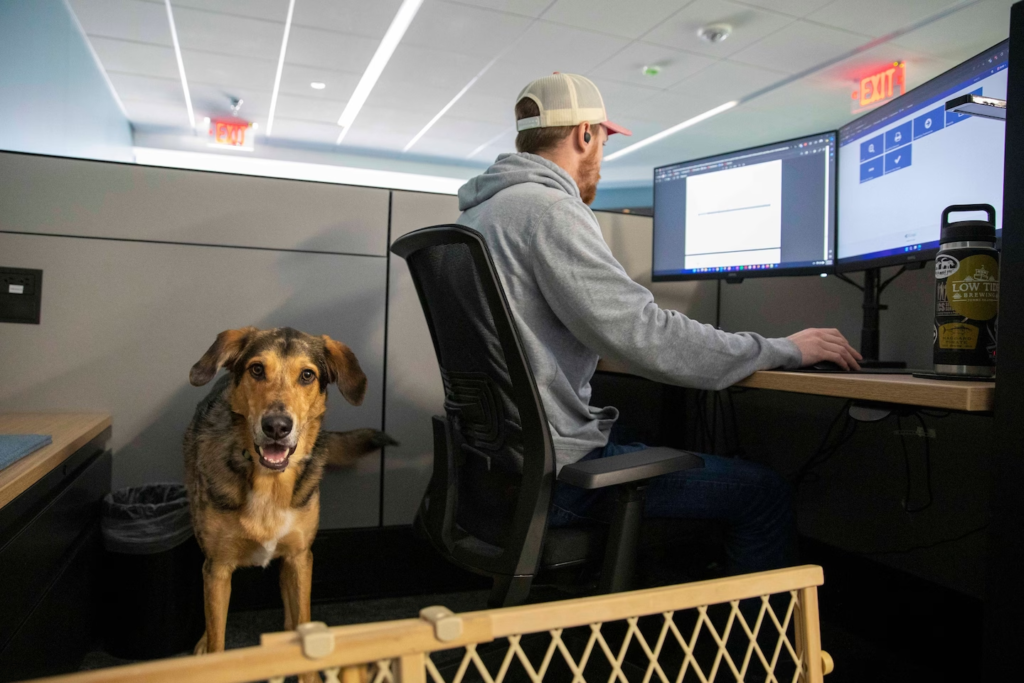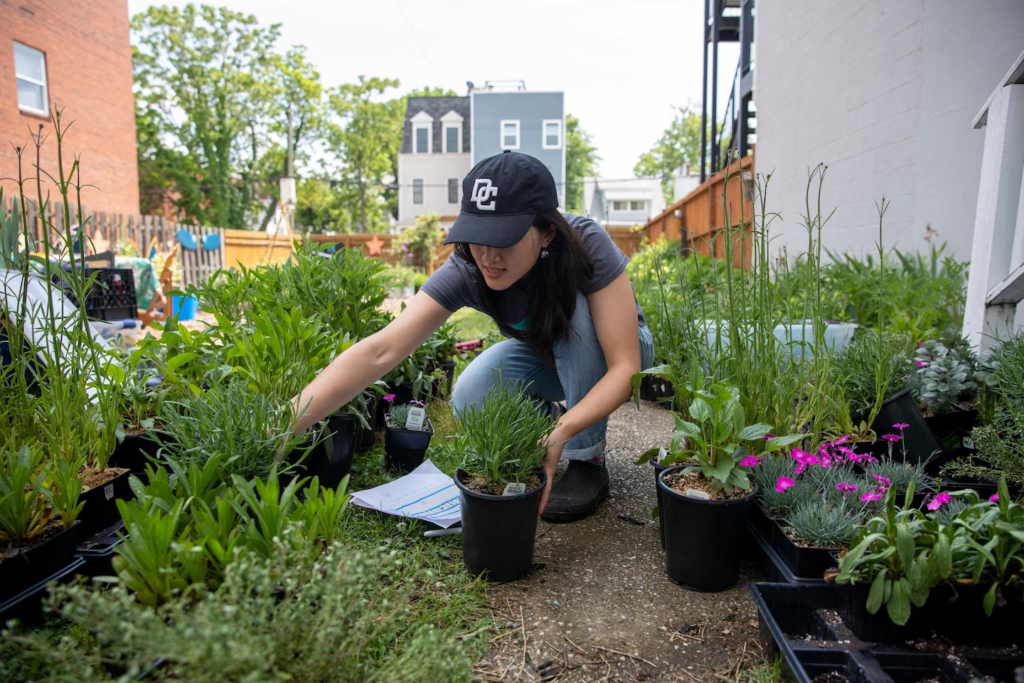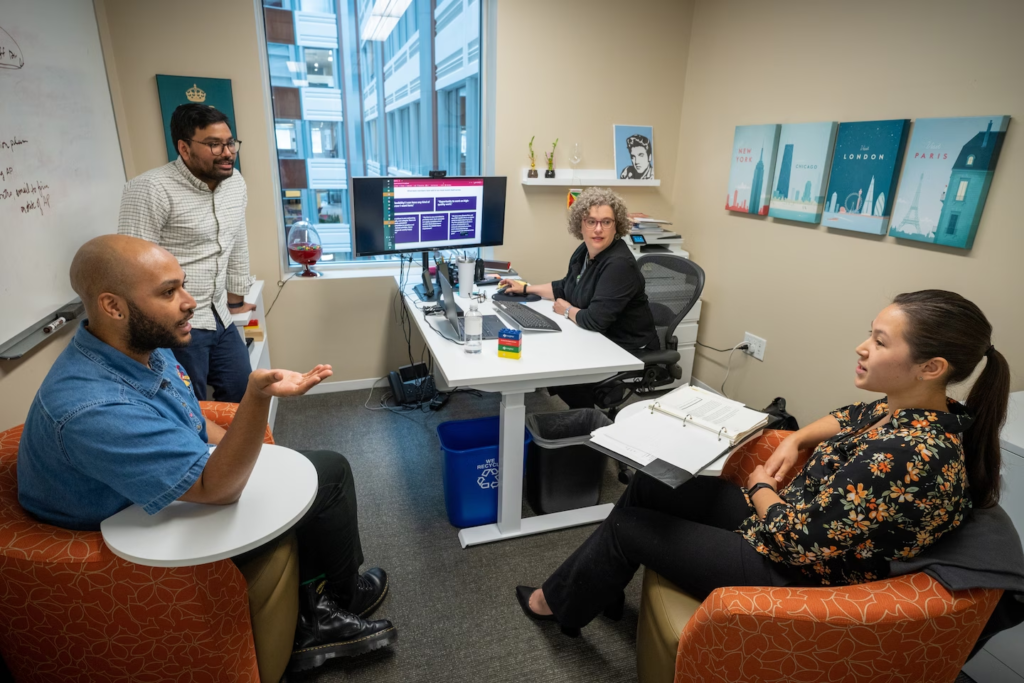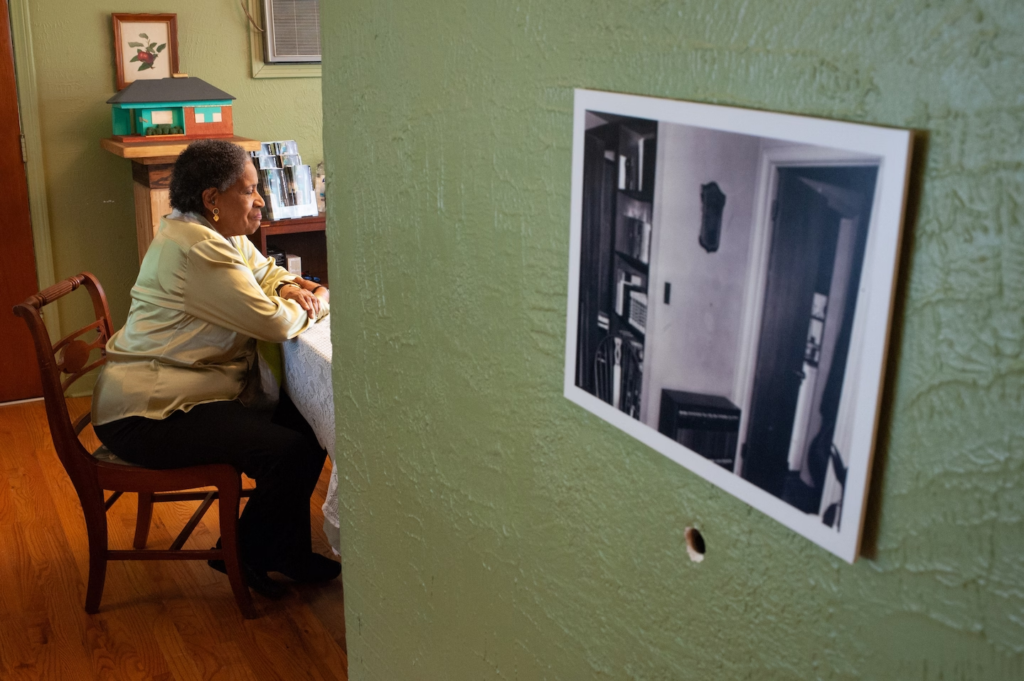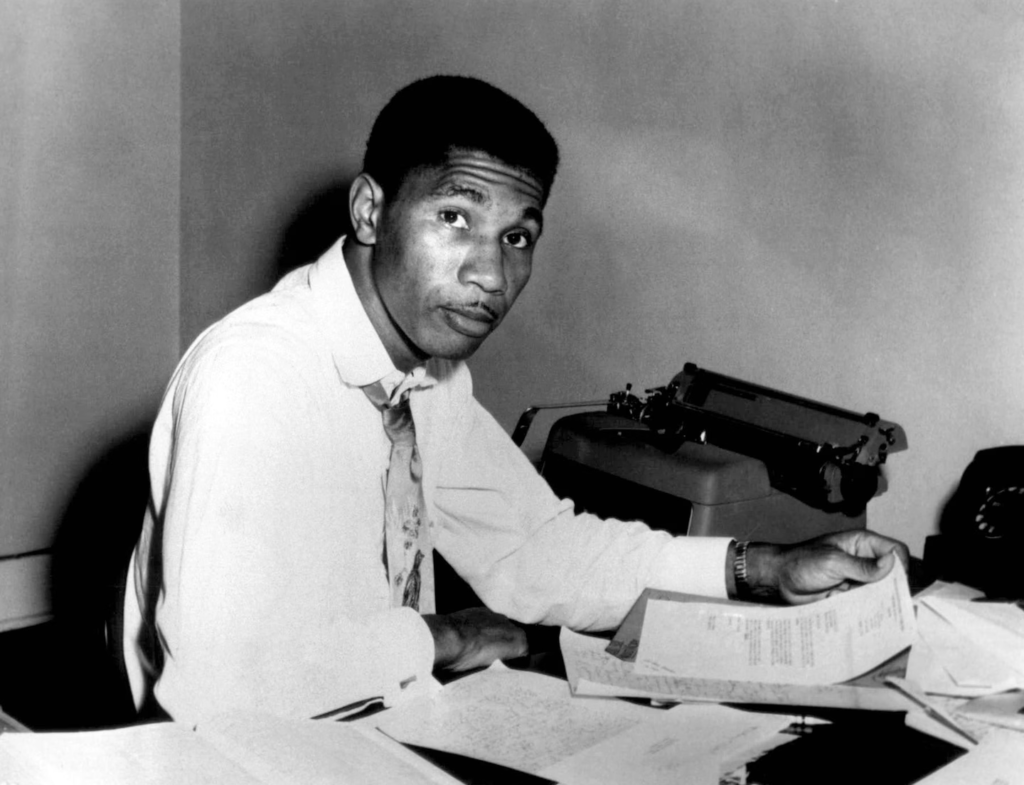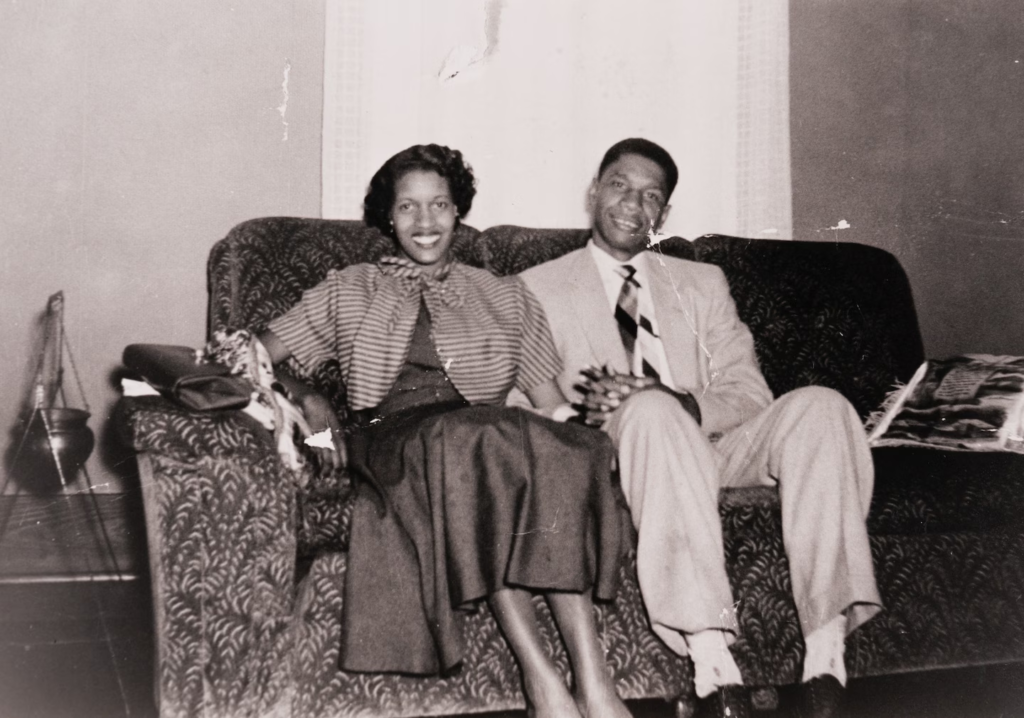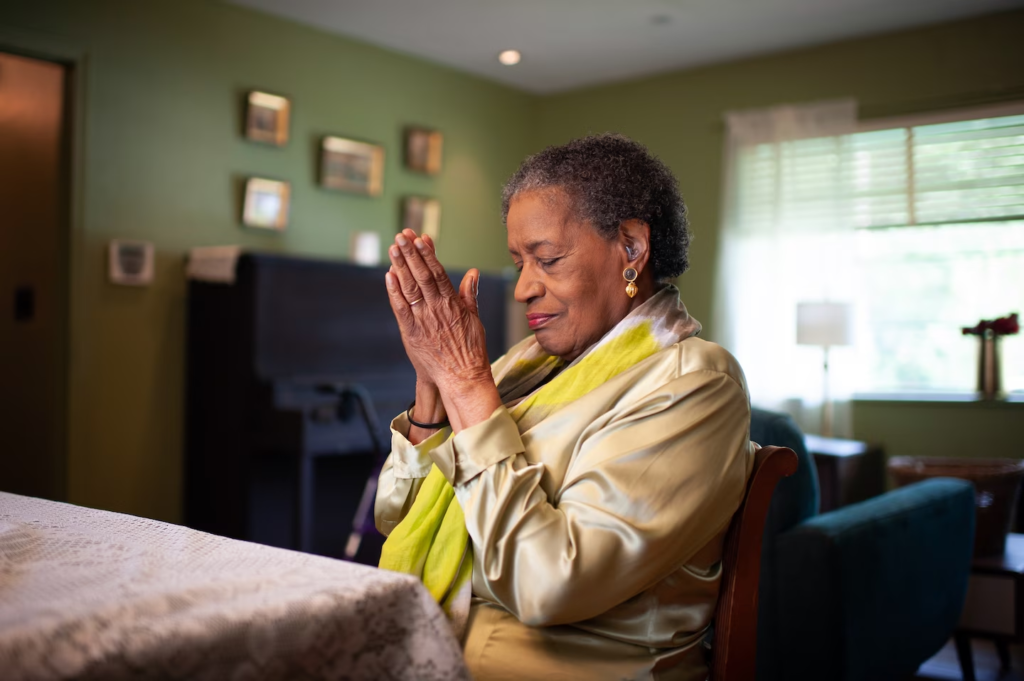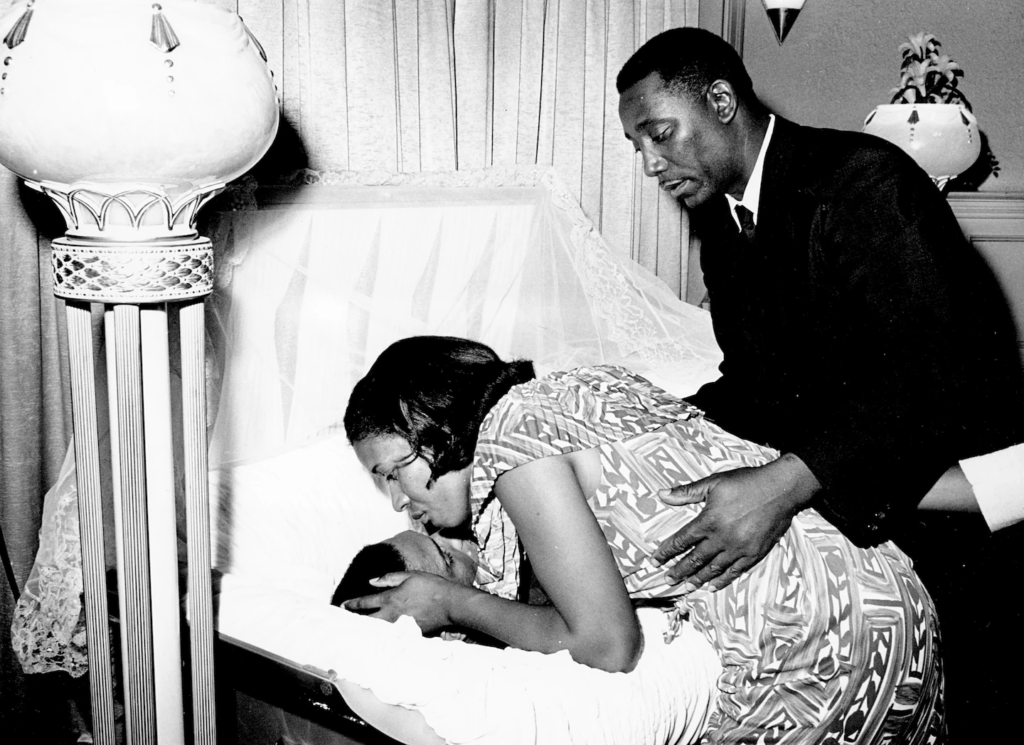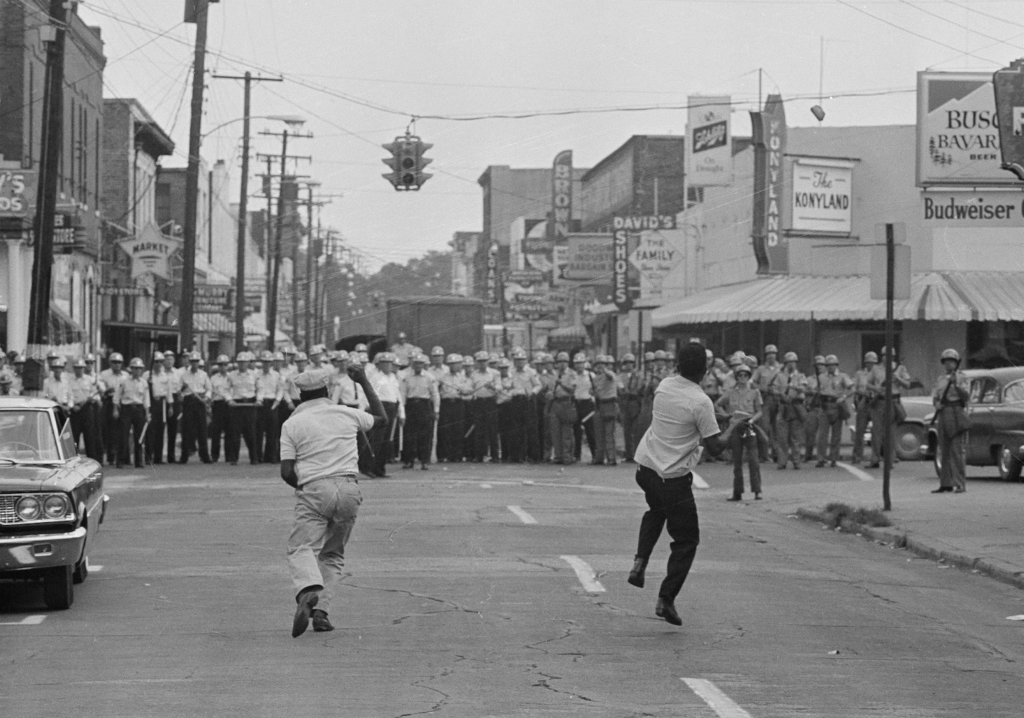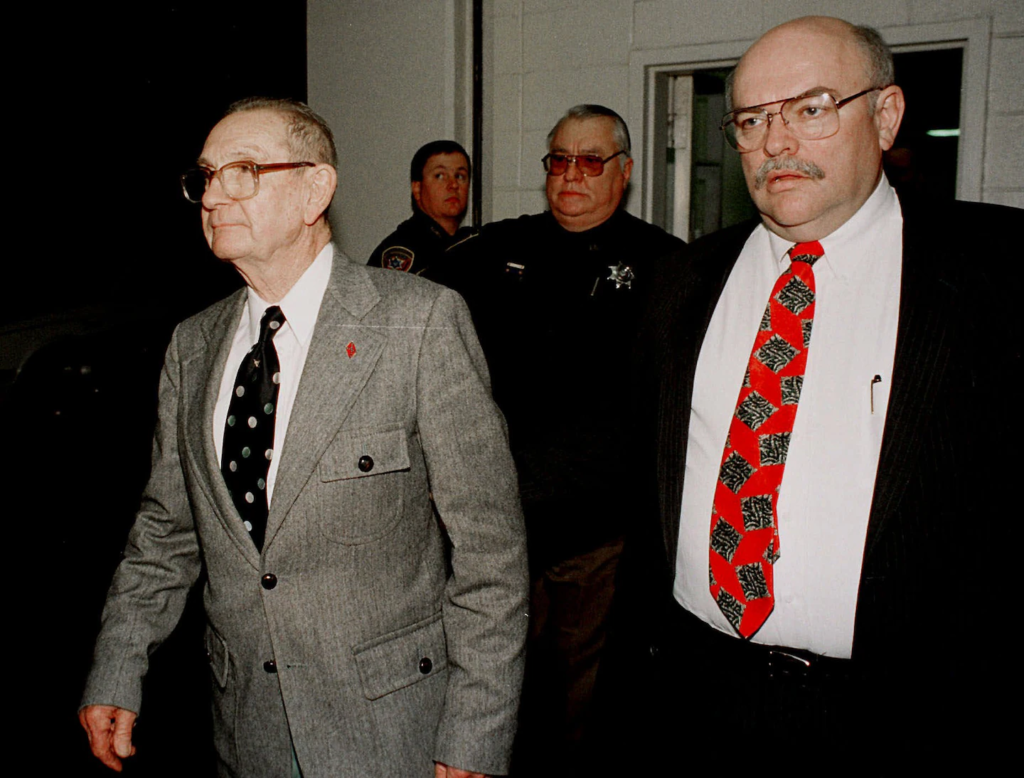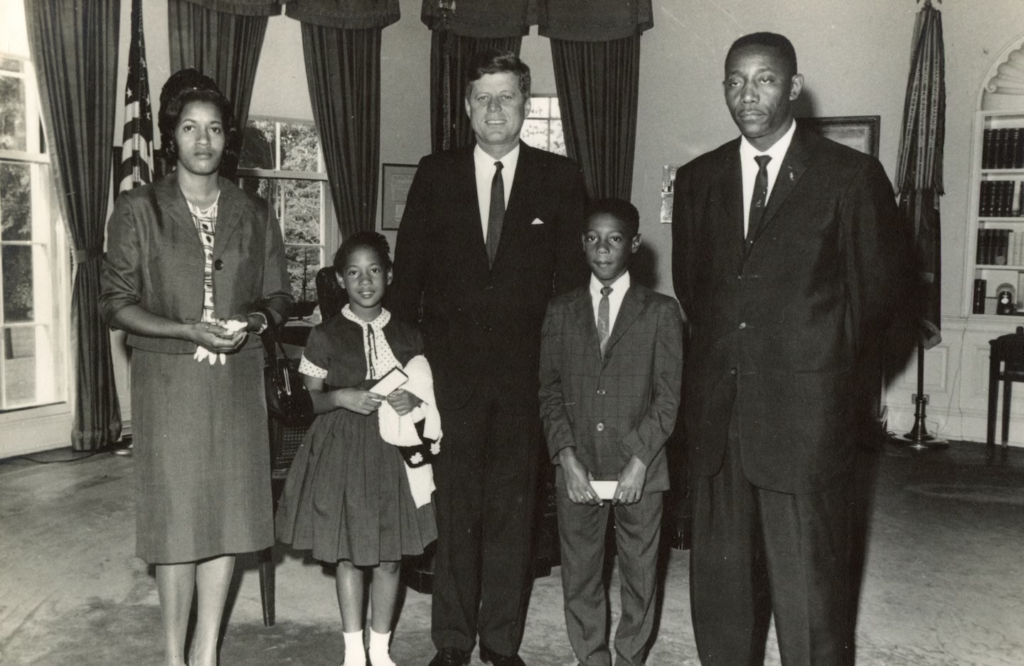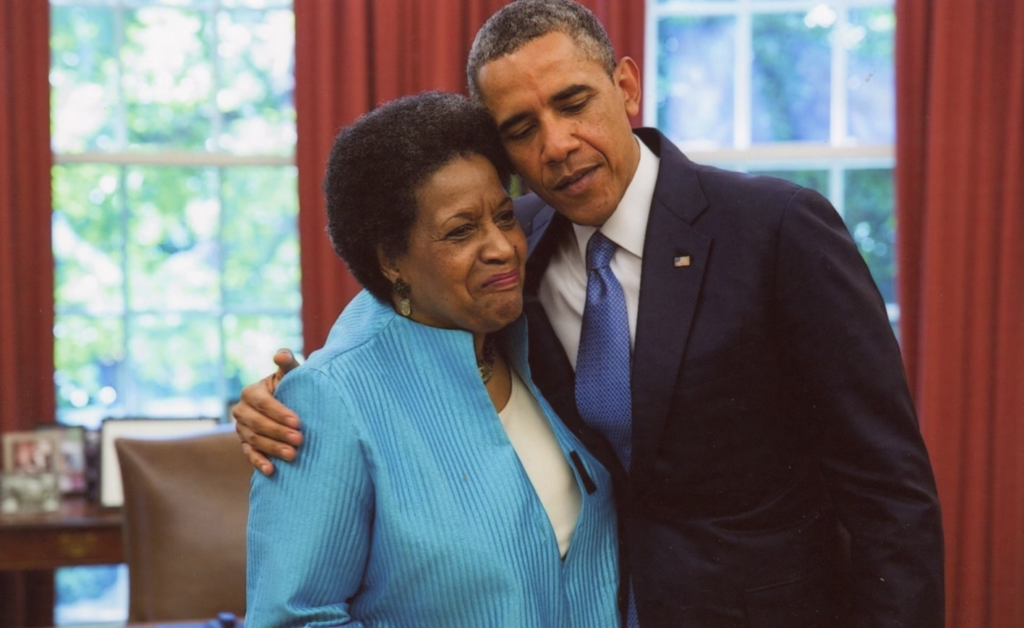
By Amanda Ripley Contributing columnist Washington Post March 30 2023
At a cocktail party in a crowded Washington living room some years ago, I met a magazine editor who was working on a high-profile new book. It would transport the reader into the future, he told me, describing in vivid, terrifying prose all the catastrophes that might happen because of climate change: unbreathable air, dying oceans, hunger, drowning.
Would it offer people any hope? I asked.
“It’s not my job to give people hope,” he said, sounding vaguely disgusted. I got the sense that hope was for the weak. And that by asking my question, I was weak, too.
A year later, his book ended up being a bestseller. So, I figured, maybe he was right. Maybe hope is not our job. But then, I couldn’t help but wonder, whose job was it?
Last summer, I wrote a piece in this newspaper admitting that I have been selectively avoiding contact with the news, even though I’m a journalist myself. Traditional news coverage, I had slowly come to realize, was missing half the story, distorting my view of reality. It frequently overlooked and underplayed storylines and dimensions that humans need to thrive in the modern world — with the three most notable elements being hope, agency and dignity.
Amanda Ripley: I stopped reading the news. Is the problem me — or the product?
That column sparked an unexpected response. I heard from thousands of readers caught in the same struggle — wanting to be informed about the world but not bludgeoned into fatalism. Many of you reported that you had taken matters into your own hands. One man, after listening to devastating stories on the radio, does his own Google searches to find examples of people trying to solve the very same problems. Then he shares the links he has found with his friends and family on Facebook, basically doing a job reporters don’t want to do.
Others urged me to check out alternative sources they had found, including the Progress Network newsletter, which curates stories of human cooperation and ingenuity, and the 1440 daily briefing, which attempts to strip bias from the news. Still others said they have sought refuge in sports, hyperlocal news, Wordle and, for one reader, medieval history.
This year, with your help, I’d like to revisit each of the missing elements, starting with the most controversial of the three.
The word hope sounds gauzy and fey, like rainbows and sunsets. It feels like a gateway drug to delusion and denial. “I don’t want your hope,” climate activist Greta Thunberg said at the World Economic Forum in 2019. “I want you to panic.”
But rainbows and sunsets are explicable phenomena, the scattering of sunlight in the distance, and it turns out that hope is, too. For more than 30 years, scientists have been researching hope and deconstructing its building blocks. And it’s surprisingly tangible. “It’s important to say what hope is not,” Rebecca Solnit wrote in her book “Hope in the Dark.” “It is not the belief that everything was, is, or will be fine.”
So what is it? Hope is more like a muscle than an emotion. It’s a cognitive skill, one that helps people reject the status quo and visualize a better way. If it were an equation, it would look something like: hope = goals + road map + willpower. “Hope is the belief that your future can be brighter and better than your past and that you actually have a role to play in making it better,” according to Casey Gwinn and Chan Hellman in their book, “Hope Rising.”
Decades of research have now proved that hope, defined this way, can be reliably measured and taught. Using 12 questions, called the Hope Scale — a version of which you can take yourself here — more than 2,000 studies have demonstrated that people with stronger hope skills perform better in school, sports and work. They manage illness, pain and injury better and score higher on assessments of happiness, purpose and self-esteem. Among victims of domestic violence, child abuse and other forms of trauma, hope appears to be one of the most effective antidotes yet studied.
Still, there is resistance to hope, even among those who know it best. For a long time, Hellman, a psychologist by training, did not think giving people hope was his job, either. At conferences, he would wave people off when they asked him how to build their capacity for hope. “I don’t do hope. I study it,” he’d tell them.
I recognize myself in this story. As a journalist, trying to look smart in story meetings, it always felt safer to remain skeptical. It was easier to pitch stories about buffoonery than about progress. It’s a strange trick of the mind, especially because it’s the news media’s relentless negativity that has led so many people to give up on institutions — or on journalism. Cynicism feels protective, even when it’s not.
Martin Baron: We want objective judges and doctors. Why not journalists too?
About a decade ago, Hellman decided to stop sitting on the sidelines — partly because of his own life story. All through high school, he had been homeless, always on the precipice of catastrophe. And specific people had helped him imagine another life and feel as if he was capable of getting there (remember: goals + road map + willpower). So he decided he had an obligation not just to study hope but to teach it.
So far, he and his colleagues at the Hope Research Center at the University of Oklahoma at Tulsa have trained more than 22,000 government employees in Oklahoma, California and Washington to cultivate hope on purpose — not just among individuals but across entire systems, in welfare programs, school districts and prisons, among other places. They have found that it reduces burnout and improves outcomes for workers and those they serve. “It literally is strategic planning,” Hellman says. “Hope is the process. Well-being is the outcome.”
As it is, when journalists try to do hopeful stories, they often end up insulting our intelligence — with stories about small acts of kindness, often involving animals. There is no goal or road map.
But if this other, more muscular kind of hope is critical to human flourishing, then why can’t journalists make it part of their job? It would mean asking totally different questions, just as doggedly as ever: What are realistic goals, in the face of a wicked problem? What are some of the ways other communities have tried to get there? And how did they manage to press on, even when things didn’t go as planned?
What would it look like if careers were made (and prizes won) based on this kind of inquiry and storytelling? We might see fewer column inches just describing (over and over again) the alarming rise in depression among teens — and more stories such as this one by Anya Kamenetz, investigating a surprising remedy that has been shown to reduce psychological distress. When it comes to crime coverage, we might become as obsessed with declines as we are with spikes. Why are homicides down 31 percent in East St. Louis over the past four years, when they remain high in so many other places?
When it comes to climate change, there is hope, defined this way, at least, and there always was. Humans still have enormous control over what happens to our planet. In the past five years, we have cut expected warming almost in half. The world is on track to add as much renewable energy generation in the next five years as it did in the past 20, according to the International Energy Agency. There’s much more to be done, of course, but getting there requires rigorously reported stories that help us visualize a road map. Why not report out hope, the same way we report out dread?
I know it is difficult for some in my field to make this shift. The more hopeless news you consume, the harder it is to see hope in the wild — and no one consumes more news than journalists. But the research also shows that it is possible. “Hope is malleable,” says Matthew Gallagher, a clinical psychologist who studies hope at the University of Houston. “It’s not a static thing, like how tall you are. It can change.”
For journalists, hope is a defiant way of being in the world: ever on the lookout for what is but always alert to what might be.
https://www.washingtonpost.com/opinions/2023/03/30/amanda-ripley-hope-news/















